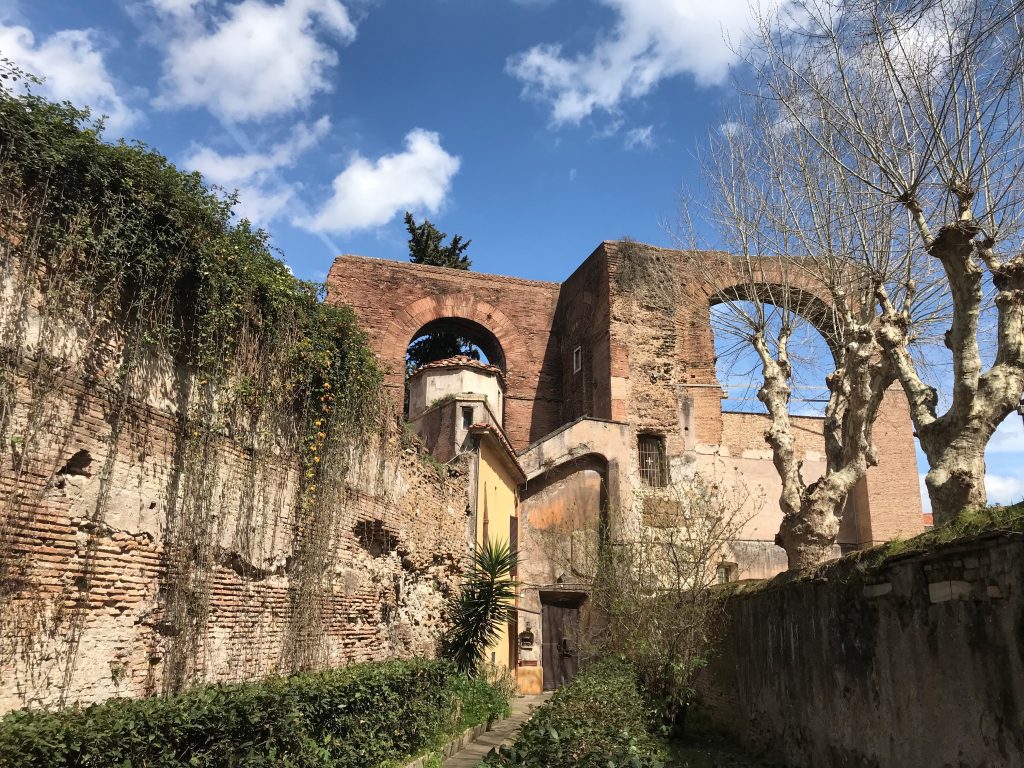New Article by Dr. Anna Gutgarts
Dedicated to the loving memory of Prof. Ronnie Ellenblum, co-author and dear friend and mentor.

Congratulations to HCMH’s member and former post-doctoral fellow, Dr. Anna Gutgarts, on her new article, co-written with the late Prof. Ronnie Ellenblum, entitled “History and Archeology of Urban Decline: Rome during the Medieval Climate Anomaly“, published in the Journal of Urban History.
This article proposes a new framework for the analysis of the impact of climate change on urban environments during the Medieval Climate Anomaly. We focus on one thoroughly excavated area in the city of Rome in the eleventh century, the Caelian hill (Celio), where we trace a disruption in previously active water supply systems, that eventually led to a decline in the urban fabric.
We suggest that this disruption can be associated with the climate crisis in the Eastern Mediterranean in the same period. This devastating affects of this crisis are attested in a variety of sources, referring to the harsh conditions in Central-Southern Italy and Sicily, and around Rome itself. However, since Rome was located on the margins of the region affected by the crisis, its impact on the cityscape was not uniform. While the urban fabric of the Celio declined, other areas in the city, such as the area around the Tiber bend, became more densely populated, due to the increasing reliance on the river. Based on the case study of Medieval Rome we propose a new approach to the examination of the connection between climate change and medieval urban growth and decline.
This article was written together with Prof. Ronnie Ellenblum who tragically passed away in early 2021. It is dedicated to his loving memory.

